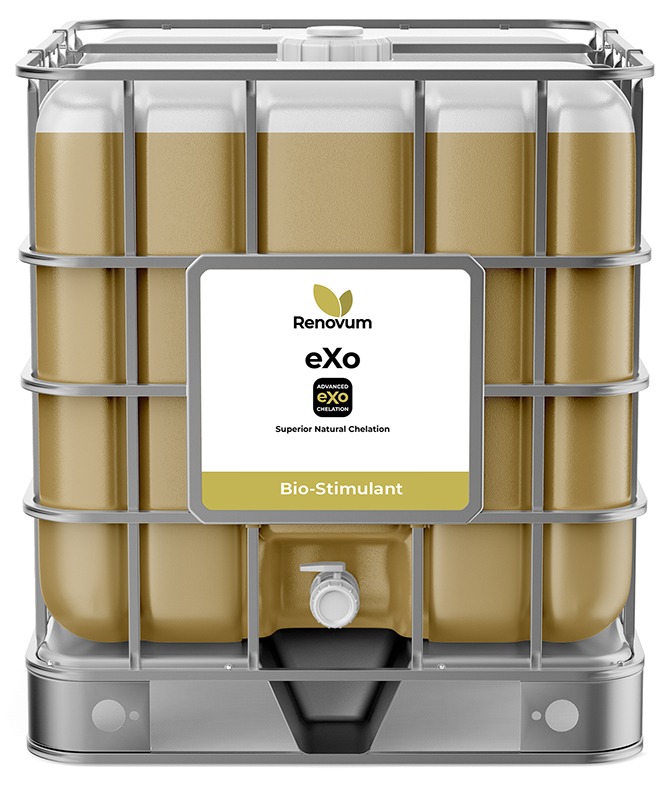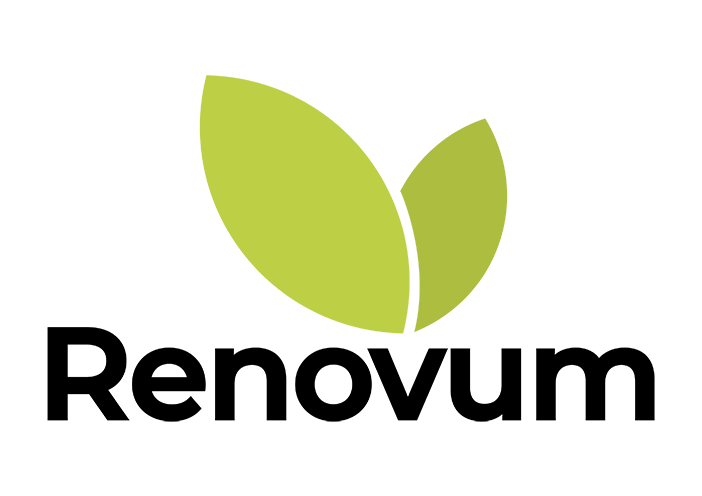eXo
Superior Natural Chelation
What Is Chelation?
And How Does It Work?
Chelation refers to a process of encapsulation in which an ion is reacted with another material to form a protective casing. This has the effect of limiting possible negative ionic reactions, thereby maintaining fertiliser in plant available forms and increasing the pH availability window of many elements – promoting efficient nutrient assimilation. Furthermore, chelates neutralise the charge of ions, allowing plant surface charge gradients to be easily overcome and nutrients to be absorbed with low energy expenditure. If you will, imagine a crab claw (chelate) holding a marble (ion) – the word “chelate” is derived from the Greek “khēlḗ” meaning “claw.”
Common chelating molecules include:
EDTA (Ethylene diamine tetracetic acid)
DTPA (Diethylene triamine pentaecetic acid)
HEEDTA (Hydroxyethyl ethylene diamine triacetic acid)
CDTA (Cyclohexane trans 1, 2 diamino tetracetic acid)
EDDHA (Ethylene bis Alpha-imino-2hydroxyphenyl-acetic acid).
These synthetic chelates possess extremely strong binding characteristics, but demonstrate a myriad of negative physiological consequences once inside the plant. They are totally foreign molecules and often require extremely laborious metabolic breakdown from the plant to both cleave the ion from the chelate and expel the foreign substance from its system.
Remember that these synthetic molecules have a very high affinity for fertiliser ions, so once liberated from their initial ion, will scavenge the system for a new one to hold – interrupting internal biology. The plant must then expel these synthetic chelates, or else a protracted cycle of chelation and cleaving will take place, significantly stunting growth.
Due to the energy intensive nature of cleaving ions from these compounds, as well as their large size hampering passage through plant pores, uptake is also often slow and inefficient. Adding to the disaster, these synthetic molecules frequently possess inherent phytotoxic properties. You might be wondering why growers bother with synthetic chelates at all. We do too.

What Is eXo?
And How Does It Work?
Why eXo is Superior Chelation
- Synthetic chelates can reduce nutritional deficiencies, but assimilation is hampered by chelate molecule (ligand) size and high binding affinity. Translocation speed is extremely slow compared to eXo.
- Plants do not know what to with EDTA and other synthetics once absorbed. They are unnatural compounds with few to no metabolic excretion or breakdown pathway
- Synthetic chelates once finally liberated, circulate in the system for extended periods searching for more free ions, particularly Iron to bind to. This wreaks havoc on internal biology and demands energy be diverted from growth.
- EDTA and other synthetic chelates are phytotoxic.
- eXo constituents are small enough to be assimilated without a breakdown component, providing efficient absorption and a net energy benefit.
eXo constituents possess an intermediate binding capacity. This provides chelated elemental stability prior to uptake, as well as promoting efficient ion cleaving once assimilated. - All ingredients, in addition to being highly effective natural chelators, possess positive physiological effects once liberated from their encapsulated ion. Improving plant growth, immunity and resistance to stressors in their own right.
Available in 20L ($560), 200L ($4,690), 1000L IBC ($20,000)
